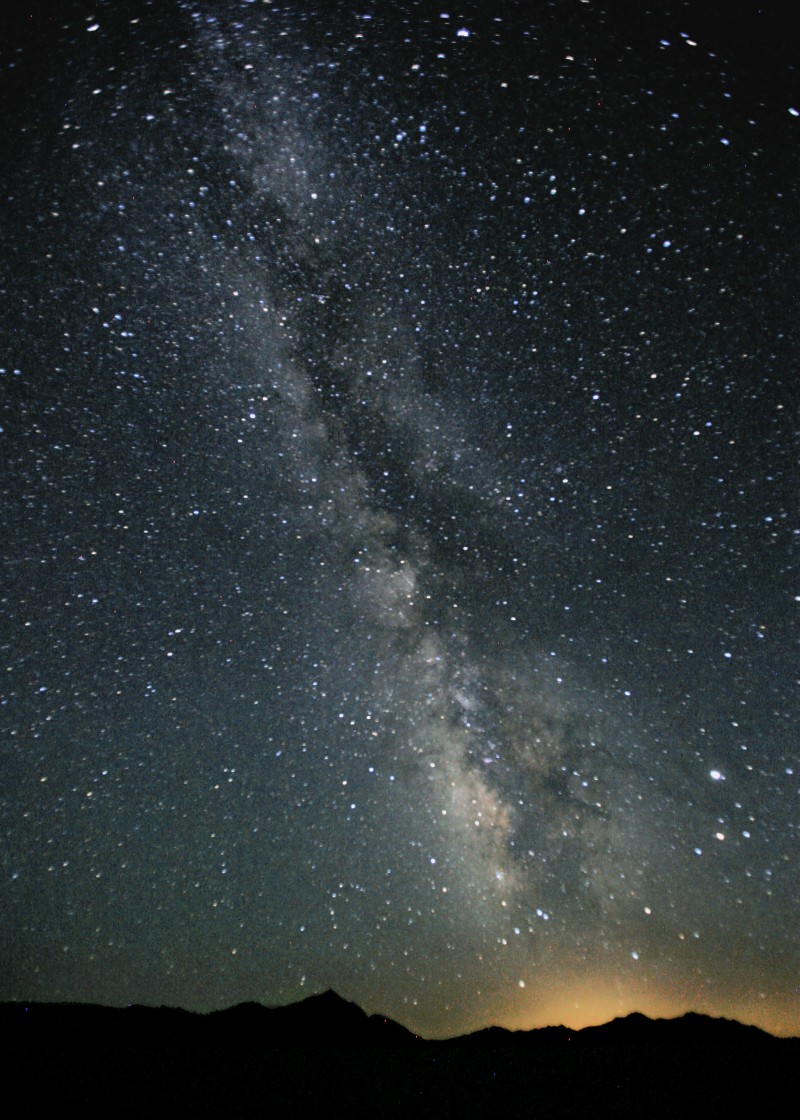Astronomers around the world got a gift today—the first batch of data from Europe’s Gaia satellite, which for the past 14 months has been mapping the stars in our Milky Way galaxy and its neighborhood with unprecedented accuracy.
This first of five data releases from the five-year mission has already yielded some surprises. Our close galactic neighbor, the Large Magellanic Cloud, appears to be larger in extent, with more stars in the outskirts, than astronomers had previously thought. The same is likely true of the Milky Way.
 |
| Milky Way over Black Rock Desert, Nevad, a 54 second exposure taken with a tripod mounted Cannon EOS 5D digital camera with a 16mm lens, wide open at f2.8 and ISO800 by Steve Jurvetson - Flickr |
That’s just a hint of the expected scientific yield from the Gaia atlas, which will be unmatched in precision and completeness. The catalog contains more than 1.1 billion stars, or approximately one percent of the number thought to reside in our galaxy. Some 400 million of these are being seen for the first time by Gaia, which can detect stars down to 20th magnitude, or 500,000 times fainter than what the naked eye can make out.
From its orbit at the L2 Lagrange point, a million miles from Earth, the spacecraft is systematically scanning the entire sky, covering some locations as many as 70 times over five years, to record the exact position, brightness, and in some cases spectra for every dot of light in its view.
By mission’s end many of the bright stars in the catalog will be mapped down to 10 microarcseconds (millionths of an arcsecond) accuracy. That’s 100 times better than the Hipparcos catalog produced in the 1990s—the atlas currently used by astronomers. By comparison, a human hair seen from 600 miles away would be 20 microarcseconds wide.
There’s hardly an astronomical problem that Gaia won’t influence. More numbers: Project scientists expect the final catalog to include some 250,000 asteroids, with enough information to determine their orbits. They expect to find 20,000 large planets; Gaia will be particularly good at detecting Jupiter-size planets at Jupiter-like distances from their stars. Even extremely distant objects will appear in the catalog: a million galaxies and 500,000 quasars.
By repeatedly measuring very precise positions for all these objects over a period of years, Gaia will detect which objects are moving, and in what direction. That will allow scientists to map in three dimensions how star clusters and galaxies change and evolve.
Read more: AirSpaceMag.com